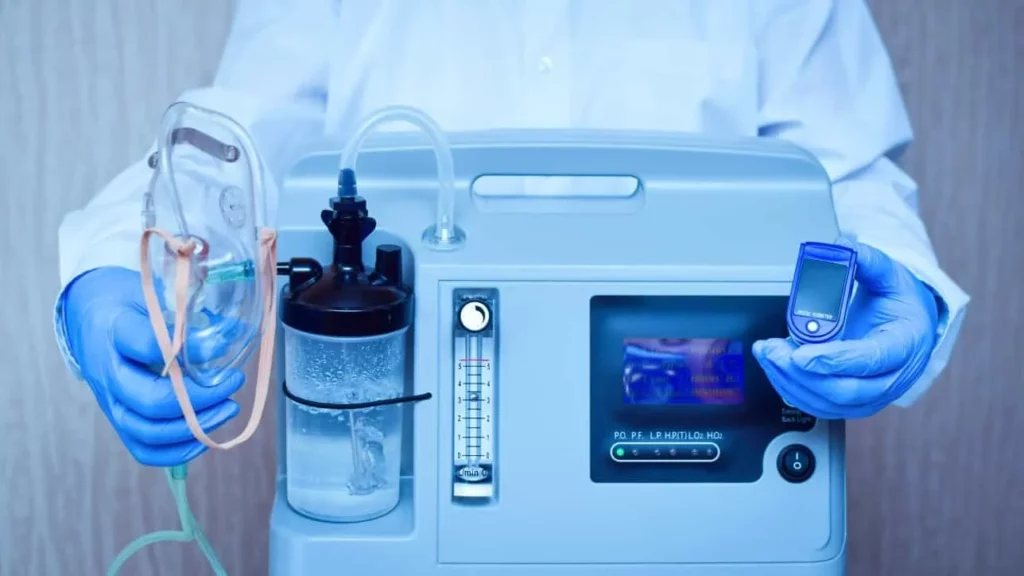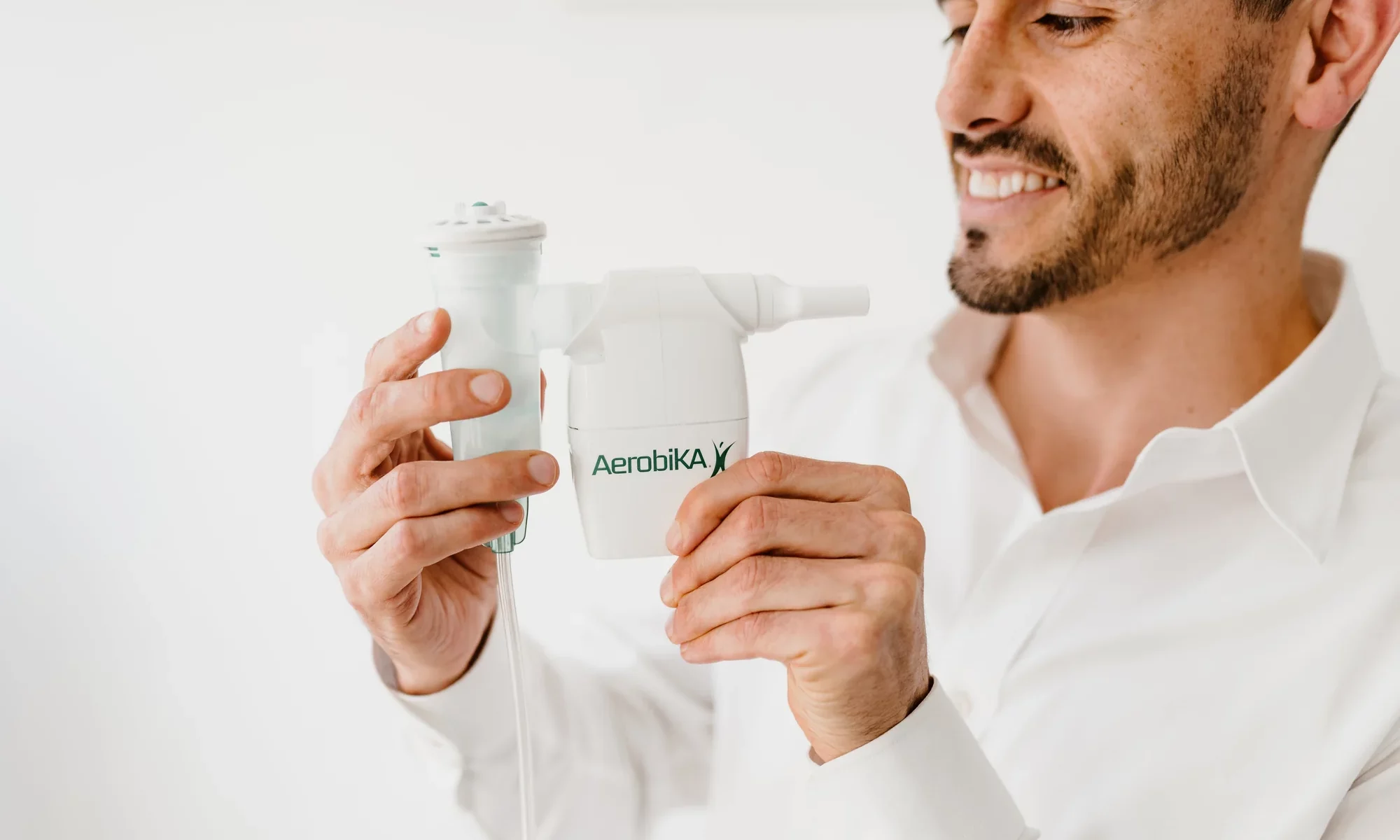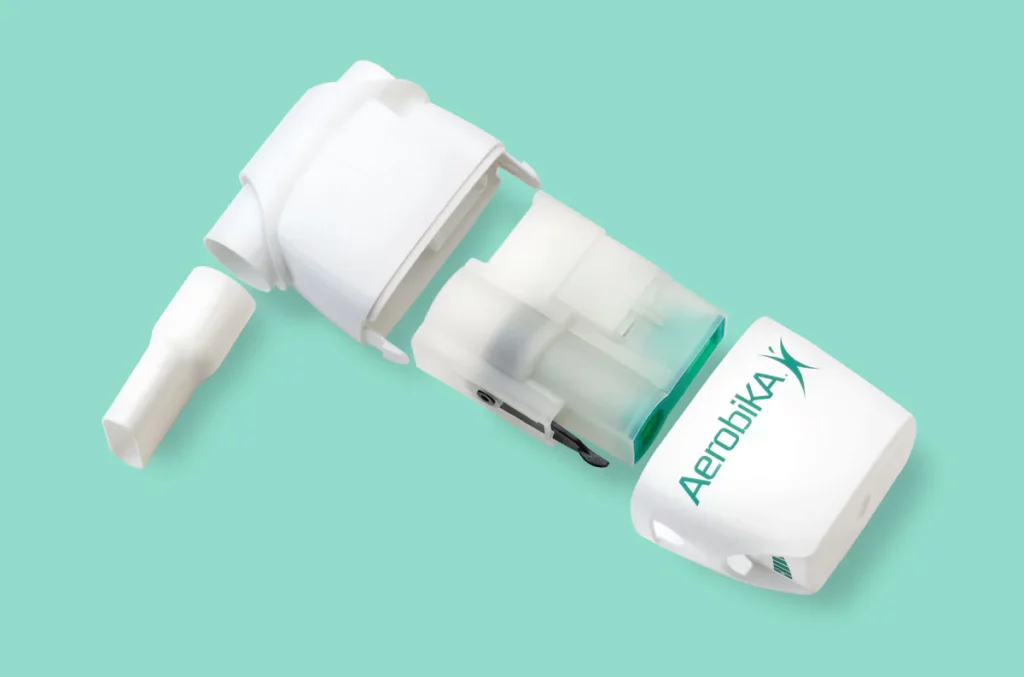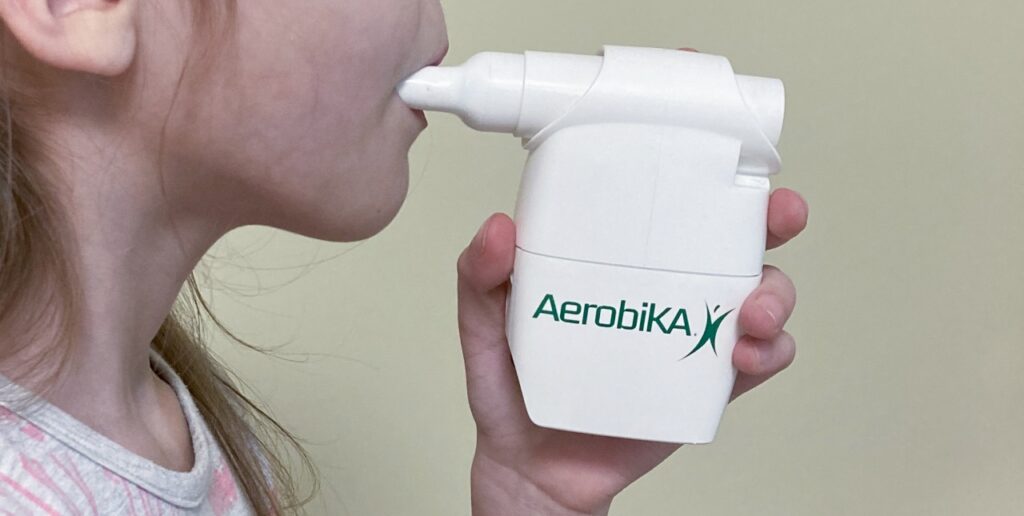What Is an Oxygen Concentrator and Who Needs One?
An oxygen concentrator is a medical device that extracts oxygen from ambient air, concentrating it to deliver therapeutic levels of oxygen to patients who require supplemental oxygen therapy. Unlike oxygen tanks that store compressed gas, concentrators continuously produce oxygen by filtering nitrogen from room air, providing a reliable and cost-effective solution for long-term oxygen therapy.
Several respiratory conditions necessitate supplemental oxygen treatment:
- Chronic Obstructive Pulmonary Disease (COPD) – the most common indication
- Pulmonary fibrosis and other interstitial lung diseases
- Heart failure affecting oxygen circulation
- Sleep apnoea requiring overnight oxygen support
- Pneumonia and acute respiratory infections
- Lung cancer patients undergoing treatment
Modern oxygen concentrator plays crucial role in homecare settings, enabling patients to receive prescribed oxygen therapy whilst maintaining independence in their own homes. These devices support patient mobility through portable models, allowing individuals to continue daily activities, travel, and maintain quality of life. The homecare approach reduces hospital admissions and provides patients with the comfort and familiarity of their home environment whilst receiving essential respiratory support.
What Types of Oxygen Concentrators Are Available for Purchase?
There are two main types of oxygen concentrators available on the market: home oxygen concentrators and portable oxygen concentrator units. Each type is designed for specific usage scenarios.
Home Oxygen Concentrators
Home oxygen concentrators are stationary devices that plug directly into mains power. These units typically deliver higher oxygen output rates and run continuously without battery limitations. You’ll find these models ideal for patients who spend most of their time at home and require consistent oxygen therapy throughout the day and night.
Portable Oxygen Concentrators
Portable oxygen concentrator models offer freedom of movement with battery-powered operation. POC types include lightweight units weighing between 2-8 pounds, making them suitable for active lifestyles and travel requirements.
Key Differences Between Home and Portable Oxygen Concentrators
- Stationary units: Higher oxygen output (up to 10 LPM), unlimited runtime, lower per-hour operating costs
- Portable units: Battery dependency (2-8 hours typical), weight restrictions, travel-friendly design
Your mobility needs directly influence the best choice. Patients requiring oxygen during sleep typically benefit from stationary models, whilst those maintaining active lifestyles often prefer portable systems. Many patients invest in both types to ensure comprehensive coverage across different daily activities and situations.
Why Is a Prescription Required Before Buying an Oxygen Concentrator?
Medical prescription requirements serve as a critical safeguard when purchasing oxygen concentrators. Healthcare providers must evaluate your specific respiratory condition, oxygen saturation levels, and overall health status before determining if supplemental oxygen therapy is appropriate for your needs.
Your oxygen concentrator prescription specifies essential parameters that directly impact your treatment effectiveness:
- Flow rate requirements measured in litres per minute (LPM)
- Delivery mode – continuous or pulse flow
- Duration of use – intermittent, nighttime, or 24-hour therapy
- Activity-specific adjustments for exercise or sleep
Healthcare provider approval ensures you receive the correct oxygen concentration for your medical condition. Prescriptions prevent potentially dangerous situations where insufficient oxygen delivery could worsen your symptoms, whilst excessive oxygen can cause complications like oxygen toxicity.
Legal regulations classify oxygen concentrators as medical devices requiring professional oversight. This requirement protects patients from inappropriate self-medication and ensures compliance with medical device safety standards. Insurance coverage also depends on valid prescriptions, as providers need documented medical necessity before approving reimbursement claims.
The prescription process includes regular monitoring appointments where your healthcare provider can adjust settings based on your changing needs and treatment response.
How Do Oxygen Output and Delivery Modes Affect Selection?
Oxygen output litres per minute (LPM) serves as the fundamental measurement for determining how much supplemental oxygen your device can deliver. Most home concentrators provide between 1-10 LPM, whilst portable units typically range from 1-5 LPM. Your prescribed flow rate directly influences which models you can consider for purchase.
The choice between continuous flow vs pulse flow delivery modes significantly impacts your device selection and daily activities. Continuous flow delivers a steady stream of oxygen regardless of your breathing pattern, making it ideal for:
- Sleep therapy and nighttime use
- Severe respiratory conditions requiring constant oxygen
- Activities where consistent delivery is crucial
Pulse dose technology detects your inhalation and delivers oxygen only when you breathe in, extending battery life and reducing device weight. This mode works best for:
- Active users who need mobility
- Daytime activities and light exercise
- Travel situations where battery conservation matters
Your activity levels determine which delivery mode suits your lifestyle. Resting patients often benefit from continuous flow, whilst those maintaining active routines may prefer pulse flow devices. Some advanced units offer both modes, providing flexibility as your needs change throughout the day.
What Should Buyers Know About Power Sources and Battery Life?
Battery life of portable oxygen concentrators can vary greatly depending on the model and how it’s used. Most portable units can run for 2-8 hours on a single charge, with pulse flow settings usually allowing for longer battery life compared to continuous flow modes. Higher oxygen output settings use up batteries more quickly, so you’ll need to find a balance between your therapeutic needs and how long you can operate the device.
Understanding Power Source Options
There are different power source options available for portable oxygen concentrators:
- Rechargeable lithium-ion batteries
- AC adapters for home use
- DC car chargers for vehicle travel
Many portable concentrators can use multiple power sources at the same time, which means you can keep using the device while it’s charging. It’s important to check that your chosen device comes with all the necessary power accessories or budget for additional charging equipment.
Considering Device Portability
When it comes to portability, there are two things you need to think about: the weight of the device and how you’ll charge it. Battery replacement costs can range from £200-500 per unit, so this is something you’ll need to consider as a long-term expense. For longer trips, you’ll need to set up charging routines since most batteries take 3-6 hours to fully recharge. Some manufacturers offer external battery packs or rapid-charging solutions, but these extras can make the overall system heavier and more complicated.
How Do Cost Factors Influence the Purchase Decision?
The cost of oxygen concentrators varies dramatically between new and used units, with new portable models ranging from £800 to £3,500, whilst stationary units typically cost £400 to £1,500. Used concentrators may appear attractive at 30-50% less than retail prices, yet you must factor in potential reliability issues and shorter remaining lifespan.
Maintenance costs represent a significant ongoing expense that many buyers underestimate:
- Filter replacements: £15-40 every 6-12 months depending on usage
- Annual servicing: £100-200 for professional maintenance
- Battery replacements: £150-300 every 2-3 years for portable units
- Repair expenses: £200-600 for major component failures
You should budget approximately £300-500 annually for maintenance and consumables beyond the initial purchase price. Portable units typically incur higher maintenance costs due to their complex battery systems and frequent transport wear.
When calculating total ownership costs over a typical 5-year lifespan, new units often prove more economical than used alternatives when you account for warranty coverage, reduced repair frequency, and predictable maintenance schedules.

What Are the Benefits of Warranty and Support When Buying New?
Manufacturer warranty coverage typically spans 1-3 years for new oxygen concentrators, protecting you against defects and mechanical failures. Standard warranties cover essential components like compressors, electronics, and housing materials, giving you peace of mind during the critical early ownership period.
Extended warranty options provide additional protection beyond the standard coverage period. These plans often include:
- Priority repair services with faster response times
- Replacement unit provision during extended repairs
- Coverage for wear-and-tear components typically excluded from basic warranties
- Protection against unexpected repair costs that could exceed £500-£1,000
Accredited dealer support becomes crucial when technical issues arise. Authorised suppliers like Air Liquide Healthcare maintain comprehensive service networks with trained technicians who understand your specific device model. You receive genuine replacement parts, proper calibration services, and compliance with safety standards that unauthorised sellers cannot guarantee.
Purchasing from established medical equipment providers ensures you have access to technical support hotlines, user training resources, and maintenance scheduling systems. This professional backing proves invaluable when your health depends on reliable oxygen delivery, particularly during equipment malfunctions or when travelling with your concentrator.
Are Used or Refurbished Oxygen Concentrators a Good Option?
Used oxygen concentrators risks present significant considerations that you must weigh against potential savings. Secondhand units typically cost 30-50% less than new devices, creating an attractive financial proposition for budget-conscious buyers. However, these savings come with substantial uncertainties about device reliability and performance history.
The maintenance history and safety compliance of pre-owned units remains largely unknown to purchasers. You cannot verify whether previous owners followed proper cleaning protocols, replaced filters regularly, or maintained the device according to manufacturer specifications. Critical components like compressors and sieve beds may have experienced excessive wear, potentially compromising oxygen purity levels below therapeutic requirements.
Refurbished units safety becomes questionable when sellers make misleading certified pre-owned claims without proper documentation. Many sellers use terms like “refurbished” or “certified” without actual manufacturer reconditioning or quality testing. You should demand detailed service records, oxygen purity test results, and verification of component replacements before considering any pre-owned purchase.
The absence of warranty coverage with most used units leaves you financially exposed to repair costs that could exceed the initial savings. Professional medical equipment requires precise calibration and regular maintenance that only authorised service providers can guarantee.
What Travel Considerations Should Be Taken Into Account?
Travelling with oxygen therapy requires careful planning and understanding of aviation regulations. The Federal Aviation Administration (FAA) maintains strict requirements for FAA-approved portable oxygen concentrators used during commercial flights in the United States. Only specific models that meet FAA standards are permitted in aircraft cabins, and you must verify your device appears on the approved list before booking travel.
Air travel regulations vary significantly between airlines and countries. While FAA approval covers US domestic flights, international carriers often have different policies regarding oxygen concentrator use. Some airlines require advance notification periods ranging from 48 hours to several weeks, whilst others may restrict certain models or require additional documentation.
Essential preparation steps include:
- Contacting your airline at least 48-72 hours before departure
- Carrying your prescription and device documentation
- Ensuring sufficient battery life for flight duration plus delays
- Packing extra batteries in carry-on luggage only
- Bringing backup power sources for extended travel
International travel with POCs demands research into destination country regulations. Some nations have import restrictions on medical devices, whilst others require customs declarations. You should verify your concentrator’s compatibility with local power systems and consider voltage converters for international use.
Which Practical Features Matter Most When Choosing a Unit?
Device weight considerations play a crucial role in your daily mobility and independence. Portable units typically range from 2-8 kilograms, with lighter models enabling easier transport during errands, social visits, and recreational activities. You’ll find that every kilogram matters when carrying your concentrator for extended periods.
Noise level decibels significantly impact your comfort and social interactions. Most quality units operate between 40-50 decibels – comparable to a quiet library or soft rainfall. Higher noise levels can disrupt sleep, television viewing, and conversations with family members. You should test the sound output before purchasing, particularly if you plan to use the device in shared living spaces.
Oxygen capacity needs must align with your prescribed flow rate and activity levels. Units delivering 1-5 litres per minute suit most patients, whilst those requiring higher outputs need more robust systems. Consider your most demanding activities – walking upstairs, gardening, or exercise – when evaluating capacity requirements.
Ease of transport encompasses handle design, carrying case quality, and overall ergonomics. Well-designed units feature comfortable grips, smooth-rolling wheels, and intuitive controls that you can operate without assistance.
How Does Insurance Coverage Impact Purchasing Options?
Insurance coverage for oxygen concentrators varies significantly between providers, creating substantial differences in out-of-pocket expenses for patients. Private health insurance policies often include different reimbursement levels, with some covering 80-90% of equipment costs whilst others may only provide partial coverage or exclude certain device types entirely.
Medicare benefits play a crucial role for eligible patients, typically covering oxygen concentrator rentals rather than purchases. Medicare requires specific documentation from your physician, including arterial blood gas tests and detailed medical records proving your oxygen saturation levels fall below required thresholds. The approval process can take several weeks, during which you may need alternative oxygen solutions.
Payment options without insurance offer distinct advantages for patients seeking immediate access to equipment. Cash purchases eliminate waiting periods associated with insurance approvals and provide complete ownership from day one. You can select any device model that meets your medical requirements without being restricted to insurance-approved suppliers or specific brands.
Self-funding also allows you to purchase from competitive retailers, potentially securing better pricing than insurance-negotiated rates. Many suppliers offer payment plans for cash buyers, making expensive portable units more accessible through manageable monthly instalments.
What Legal Aspects Should Buyers Be Aware Of?
Legal requirements for buying an oxygen concentrator
Purchases of oxygen concentrators involve specific regulations that protect both patients and caregivers. You cannot simply buy an oxygen concentrator for someone else without proper documentation and medical oversight. The device must be prescribed specifically for the intended user, with their medical condition verified through appropriate healthcare channels.
Caregiver involvement in prescriptions
Prescriptions involving caregivers require careful attention to legal boundaries. If you’re purchasing equipment for a family member or patient under your care, you’ll need:
- Written authorisation from the patient (when possible)
- Valid prescription in the patient’s name
- Documentation of your legal caregiving status
- Compliance with local healthcare regulations such as those outlined in this activities matrix, which provides a comprehensive overview of caregiver responsibilities.

Purchase regulations
When acting as a representative for a patient, purchase regulations mandate that you attend required medical appointments alongside them. Healthcare providers must verify the patient’s oxygen needs directly, ensuring the prescription matches their current medical status.
Different regions have different regulations regarding medical equipment purchases. You must verify local compliance requirements before completing any transaction. Some jurisdictions require additional documentation for caregivers, while others have specific rules about cross-border equipment transport. Air Liquide Healthcare’s established network across 152 locations ensures compliance with regional regulations, providing guidance throughout the purchasing process.
See Also : Aerobika Australia: Where to Buy and What to Know
How Can Buyers Choose Reputable Suppliers or Manufacturers?
Selecting reputable oxygen concentrator suppliers requires thorough research into established brands with proven track records. Companies like Air Liquide Healthcare demonstrate the credibility you should seek – they’ve served tens of thousands of home oxygen patients across Australia since 1995, operating 152 diagnostic and therapy service locations nationwide.
Key Indicators of Manufacturer Credibility
Manufacturer credibility stems from several key indicators:
- Global presence and experience – Air Liquide Healthcare serves 3.8 million patients across 75 countries
- Accreditation status with relevant medical authorities
- Comprehensive service networks for ongoing support and maintenance
- Years of operation in respiratory care services
Importance of Product Quality Assurance
Product quality assurance becomes paramount when purchasing medical equipment. You need suppliers who maintain strict quality standards, offer proper warranties, and provide certified technician support. Established providers typically have robust quality control processes and can demonstrate compliance with medical device regulations.
Evaluating Suppliers
When evaluating suppliers, verify their accreditation status, read customer testimonials, and confirm their ability to provide ongoing technical support. The supplier’s service network coverage in your area directly impacts your long-term experience with the device.





